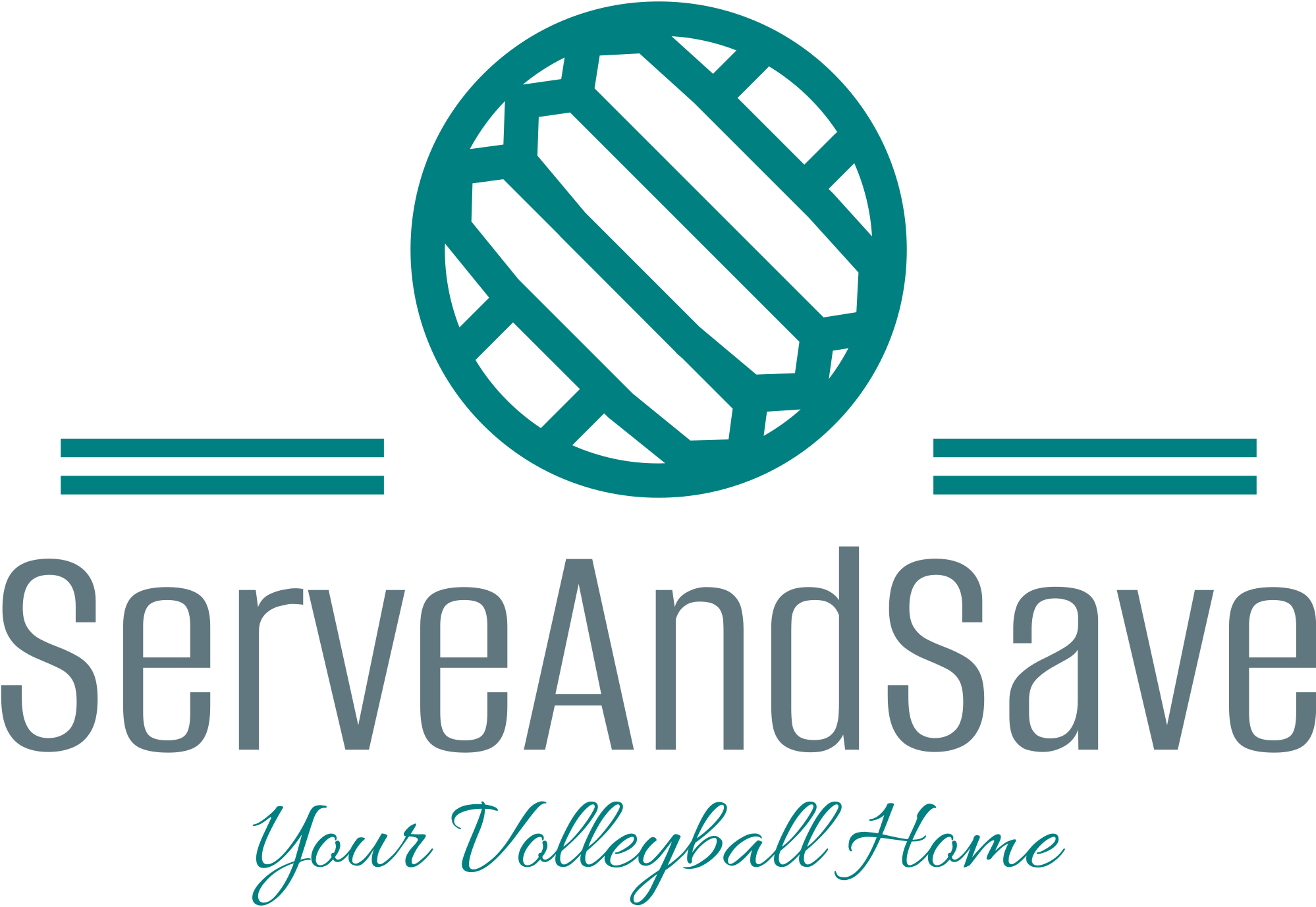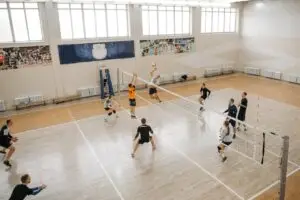Volleyball is an exciting sport that involves teamwork, strategy, and skill. Each player on the court has a specific role, contributing to the team’s success in unique ways. Understanding the various positions in volleyball is key to appreciating how each player helps the team thrive.

Players fill six main roles: the setter, outside hitter, middle blocker, opposite hitter, libero, and defensive specialist. Each position requires different skills and responsibilities, making it important for teams to have a good mix of players. With every match, the dynamics of these roles come into play, creating thrilling moments and strategies that can turn the tide of a game.
Whether it’s the setter organizing plays or the libero making incredible defensive saves, knowing these positions enhances the viewing experience. This knowledge not only deepens the fan’s appreciation for the sport but also inspires future players to excel in their specific roles. Get ready to explore each position and discover what makes volleyball so captivating!
What are the 6 Positions in Volleyball and Their Roles

Volleyball features six main positions, each with specific roles and responsibilities. Understanding these positions helps players excel by knowing how to work together effectively. Let’s explore each position to see what makes them vital to the team’s success.
Setter
The setter is often called the playmaker of the team. They are responsible for delivering the ball to the attackers, setting up plays, and controlling the pace of the game. This position requires excellent communication skills and quick decision-making.
Setters must have good hand-eye coordination and knowledge of their teammates’ strengths. They touch the ball more than anyone else, making precise sets crucial for successful attacks. A skilled setter can read the opposing team’s defense and adjust plays in real time, making them a key player on the court.
Outside Hitter
The outside hitter, positioned on the left side, plays a critical role in both offense and defense. They receive serves, attack the ball, and often block against opposing hitters. Their versatility is key as they must be ready for various plays and situations.
An outside hitter needs to have strong hitting skills and the ability to read the game. They are usually among the team leaders in scoring, utilizing powerful spikes and finesse shots. Good communication with the setter is essential for executing effective attacks, making this position a vital part of the team’s strategy.
Middle Blocker
The middle blocker plays a key role in defense. Positioned in the center, they focus on blocking incoming hits and providing quick attacks. This player is typically tall and agile, helping to create a strong defensive front.
Middle blockers must anticipate the opponent’s moves and react swiftly. They often aim to block spikes from the opposing outside and opposite hitters. Offensively, they execute quick hits right after the setter delivers the ball, making them a significant offensive threat as well.
Opposite Hitter
The opposite hitter, located on the right side, serves as a secondary attacker. They are often tasked with scoring points and playing solid defense. This position requires a balance between offense and defense, which keeps the opposing team guessing.
As a flexible player, the opposite hitter needs to be skilled in attacking and blocking. They can hit from both the front and back row, offering multiple scoring options. Their ability to adapt during the game makes them a crucial part of the team’s lineup.
Libero
The libero is a defensive specialist wearing a different-colored jersey. This player cannot attack the ball above the net and specializes in receiving serves and digging against spikes. The libero’s role is to enhance the team’s defense and keep the ball in play.
Liberos are fast and agile, capable of making quick movements on the court. They handle most of the serve-receive actions and ensure accurate passes to the setter. Their defensive prowess helps maintain the team’s momentum and enhances overall play.
Defensive Specialist
The defensive specialist primarily focuses on enhancing the team’s backcourt defense. Like the libero, they excel in receiving serves and digging attacks. Although they can attack the ball, they often come in as a substitute for front-row players to strengthen the defense.
This position requires quick reflexes and excellent ball control. Defensive specialists are vital in crucial play moments, often making game-changing digs. They are essential for keeping the rally alive and for transitioning from defense to attack effectively.
Frequently Asked Questions

Understanding volleyball positions can help players find their best fit on the team. Each position has unique roles and responsibilities, making it essential for players to know what each entails.
How many unique positions are there in a volleyball team?
A standard volleyball team has six unique positions. These include the setter, outside hitter, middle blocker, opposite hitter, libero, and defensive specialist. Each position plays a vital role in the team’s success.
What is the Most Important Position in Volleyball?
The setter is often considered the most important position. This player orchestrates the team’s offense by setting up plays and delivering accurate sets to the attackers. Their decisions can significantly impact the game.
What Position Should I Play in Volleyball?
Choosing a position depends on a player’s strengths and skills. A player who is good at passing and serving might excel as a libero, while someone with strong attacking skills could thrive as an outside hitter.
What is the Best Position in Volleyball?
There isn’t a universal “best” position in volleyball. The best position is one that aligns with a player’s abilities and preferences. Each role is crucial to team dynamics and success.
What is the Easiest Position in Volleyball?
Many players find the libero position easier, as it focuses primarily on defense. Liberos receive serves and help keep the ball in play without the added pressure of attacking.
What’s the most challenging position in volleyball and why?
The setter is often viewed as the most challenging position. It requires quick thinking, great communication skills, and the ability to read the game. The setter must make split-second decisions to lead the team’s offense.
Could you explain what the numbers mean for positions in volleyball?
Positions in volleyball are often numbered for easy reference. The common system assigns numbers as follows: 1 for the setter, 2 for the outside hitter, 3 and 6 for middle blockers, 4 for the opposite hitter, 5 for the defensive specialist, and 6 for the libero. This numbering helps with rotations and organizing play.



